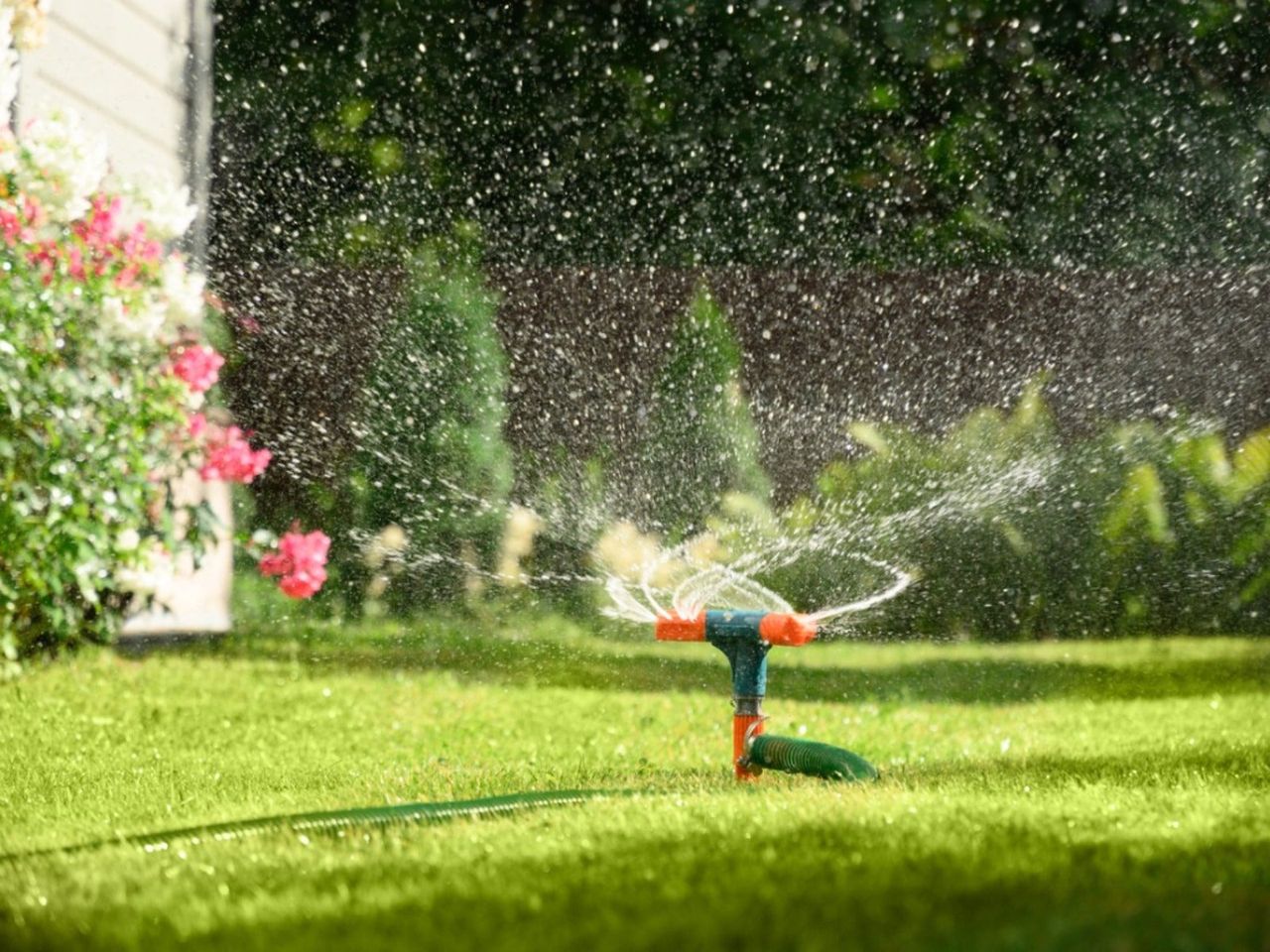3 Common Gardening Mistakes That Harm The Environment

Utilizing sustainable gardening practices is the goal for gardeners who care about the environment, but even the most conscientious gardener makes garden mistakes. Bad landscaping accounts for the majority of the negative effects of landscaping. If you seek to minimize your landscape effects on the environment, keep reading to learn about the top three gardening mistakes to avoid.
About Bad Landscaping
Landscaping at its best not only beautifies your surroundings, but is sustainable, nontoxic, pollinator friendly, low maintenance, and provides much needed habitat for pollinators and birds. Unfortunately, there are too many of us out there with bad landscaping.
Bad landscaping can not only cause problems for local wildlife, but may introduce invasive species, contaminate water and soil, and waste money and time on the gardeners' part.
Top Three Gardening Mistakes
Garden mistakes are made by the best gardener with the best intentions. The following three landscaping mistakes are the most common and have the most impact.
1. Plant Selection
This is often a huge mistake in the landscape. Owners may choose plants that are non-native which may end up becoming a severe problem down the line. Yes, some non-native plants benefit pollinators but not necessarily native pollinators. These plants also often do not provide habitat for local wildlife.
Non-native species often require more maintenance, water, and fertilizer as well than native species need. Growers also often populate the entire landscape with a scant selection of these non-native plants, leading to a lack of diversity within the landscape.
Along with a lack of diversity or native species, growers tend to often select plants that are not suited for their USDA zone, plant too deeply or in soil that is inadequate for their needs, or space too widely or not close enough.
Gardening tips, videos, info and more delivered right to your inbox!
Sign up for the Gardening Know How newsletter today and receive a free copy of our e-book "How to Grow Delicious Tomatoes".
2. Irrigation
This is another area that is often either mismanaged or ignored. Plants should be watered at the base of the plant to deter fungal diseases, ideally using a drip system or soaker hose. Not only will this benefit plants, but also reduce the waste (30-50%) of irrigation provided by sprinklers.
It’s best to water early in the morning to allow the water to filter into the root system yet allow wet foliage to dry. Plan to water deeply, about 6 to 8 inches (15-20 cm.) down, to facilitate deep root growth which in turn means less frequent watering.
Use a water gauge to measure soil moisture at the root zone. Some plants will wilt in the hot midday sun but will quickly rebound by morning as long as the soil is moist.
Water turf grass only when it is needed. Many varieties of turf will become dormant when rainfall is limited but recover as soon as rain returns.
Mulch around plants to help keep roots cool and retain moisture. Use natural colored mulches that break down and add organic matter back into the soil, adding nitrogen which plants will then uptake. Colored mulches hinder the ability of plants to absorb nitrogen plus they may contain toxic chemicals.
Lastly, don’t waste water by allowing sprinklers to spray on driveways or streets. Check your sprinkler heads at least once per season and adjust accordingly.
3. Keeping Plants Healthy
Pest and disease management through chemical control is another big mistake many homeowners are guilty of. These chemical controls leach through the soil into waterways, run off man-made surfaces like driveways and streets and into storm drains, and poison beneficial insects.
Opting for an environmentally friendly approach means a little bit more work but also helps to save the planet. Instead of poisoning weeds, hand pull them.
Handpick larger insects or use non-toxic options such as insecticidal soaps, or introduce natural predators such as beneficial insects or microorganisms to combat pest infestations. Traps and barriers as well as a good spray of water are also good ways to diminish insect pests. Keeping garden areas free from plant debris is yet another environmentally friendly pest management technique.
Healthy plants are more capable of fending off or surviving pests and diseases. Choose plants free from or resistant to pests and diseases, often native plants, and then use a slow release fertilizer such as compost which will break down naturally and continually feed the plant.
In order to create sustainable gardening practices that are beneficial to the environment, use a diverse group of native plants when possible, manage water usage, and utilize a non-toxic method for disease and pest control. At the end of the day, the best idea for a cohesive, environmentally friendly garden is to use the correct plants and plant them properly regarding spacing and depth with soil that is nutrient rich and well-draining.

Amy Grant has been gardening for 30 years and writing for 15. A professional chef and caterer, Amy's area of expertise is culinary gardening.
